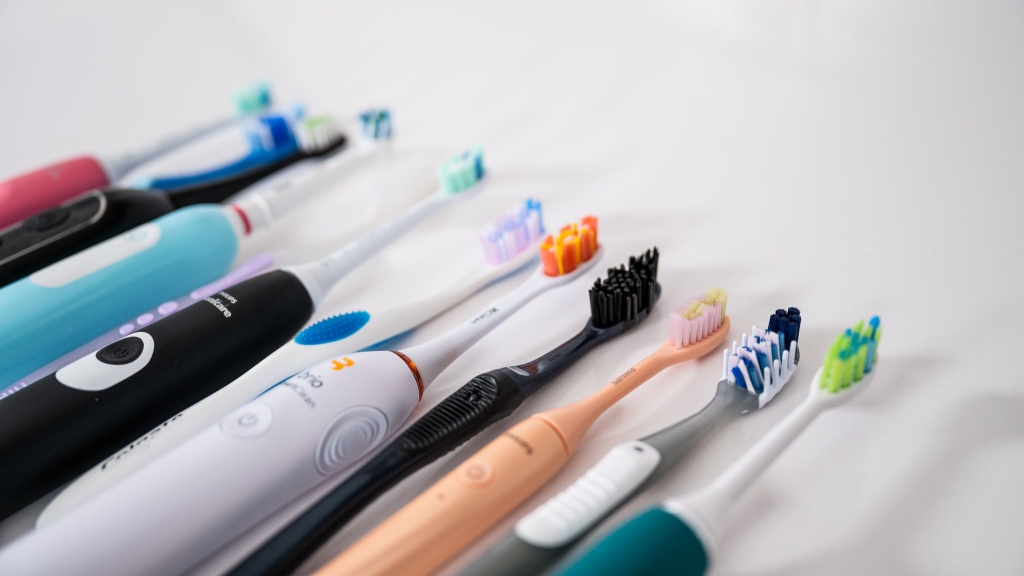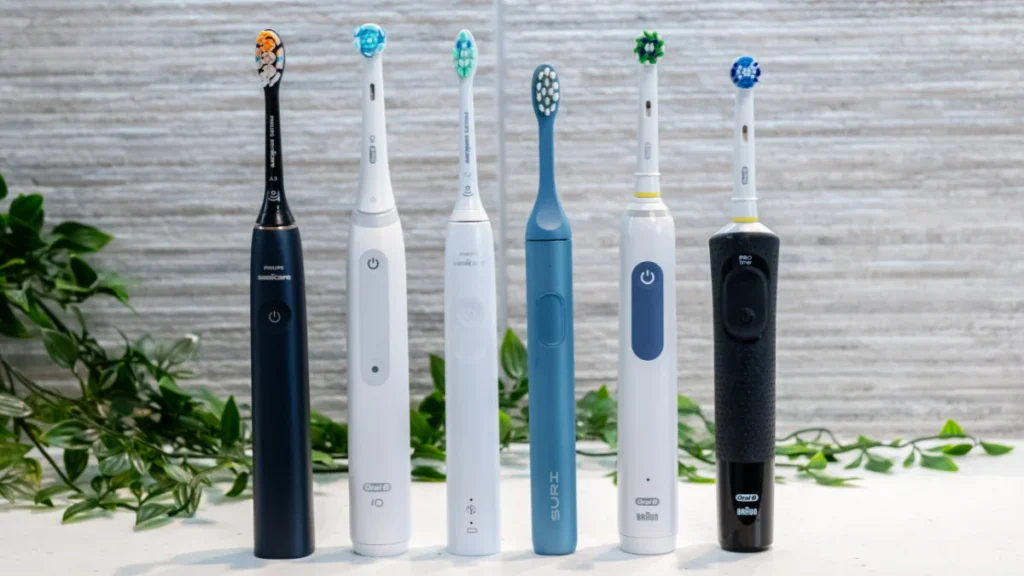Switching to an electric toothbrush will actually lead to a difference in how well you brush your teeth; however, only on the condition that you are properly using it. Most individuals think an electric brush will automatically do a better job, but technique plays a role.
The following are a few science-based suggestions to make the most of your brush.
Let the brush do the work
With an electric toothbrush, there is no need to do the work. Oscillating or sonic motion already provides thousands of movements per minute. This is way more than your hand can ever do.
Rather, you should just guide the head of the brush and run it across the surface of each tooth, and allow it to clean. Do not use excessive force, as it can wear away teeth and irritate your gums.
Hold it well
Angle is important, just as in a manual brush. Bend the bristles slightly toward the gumline, about 45 degrees. Then direct them to the area where plaque most likely settles. Rub gently and massage the teeth slowly. Such positioning cleanses the tooth surface as well as the border between the gum and the enamel.

Move in quadrants
Divide your mouth into four parts:
- Upper right
- Upper left
- Lower right
- Lower left.
Take a 30-second break per quadrant. This makes 2 minutes. Most of the electric toothbrushes, like Supermouth, contain built-in timers or pulse sensors. These settings remind you about being on schedule. This makes sure that you focus on each area rather than being in a hurry through your routine.
Do not forget the gumline and back teeth
Plaque does not only accumulate in the visible part of your teeth. Take more time over the gumline and the inner surfaces of your teeth, and particularly your back teeth; most people do not cover all the spots. Tilt the brush slowly to make the tips of the bristles reach those concealed places.
Change brush heads on a regular basis
Electric toothbrush heads also wear out just as a manual toothbrush does. Replace the head after approximately three months of service or sooner in case the bristles are frayed. Old bristles are not effective in cleaning and may even lead to the irritation of the gums. Set a notification in your calendar or match substitutions with the beginning of every season.
Adapt speed and mode to your requirements
When you are using an electric toothbrush with various settings, play around and see what works better. A reduced or less powerful output is beneficial for gums that are sensitive. Higher settings or pulsating modes are beneficial for getting deep into the plaque. The aim is to find a comfortable and consistent setting you would use daily.
Brush for the right length of time
Two minutes is the sweet spot. Not enough time results in plaque remaining. On the other hand, excessive brushing, in particular with high pressure, may result in abrasion.
Final words
An electric toothbrush is a utility, not a quick fix. Use it with the right amount of pressure, timing, and angles. It will get you the desired outcome of what it is meant to be: cleaner teeth, healthier gums, and fewer dental surprises in the future.
